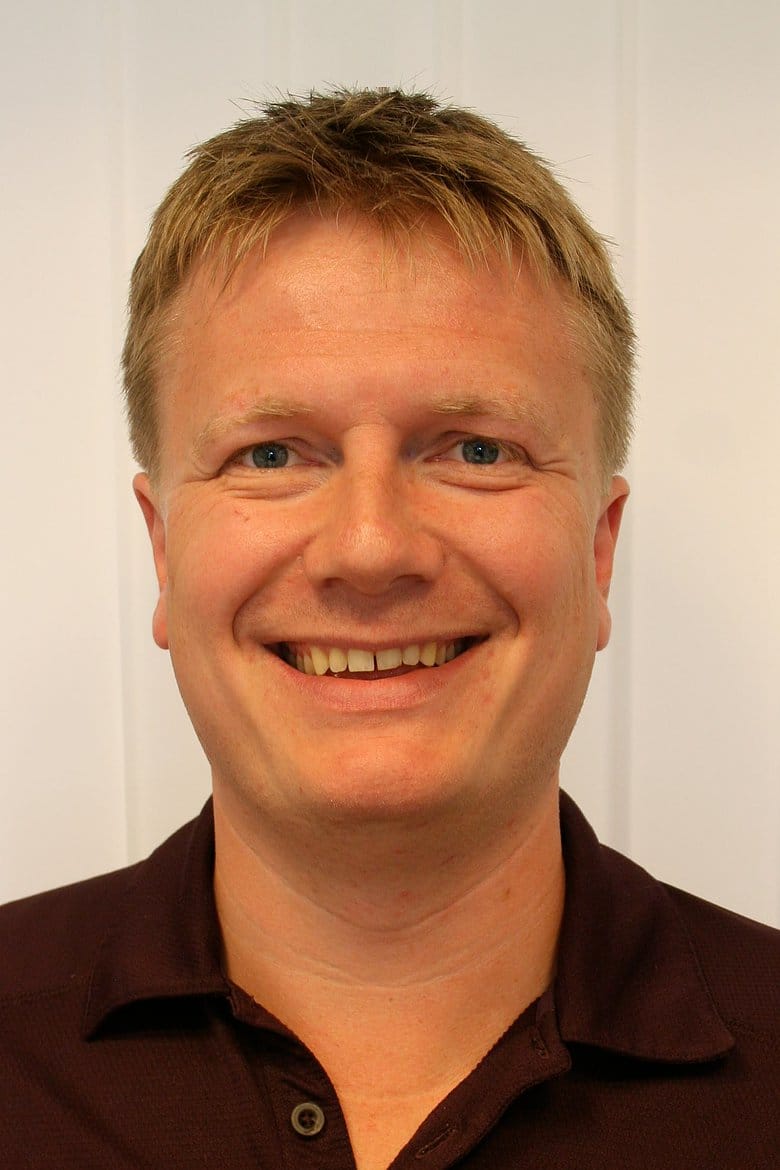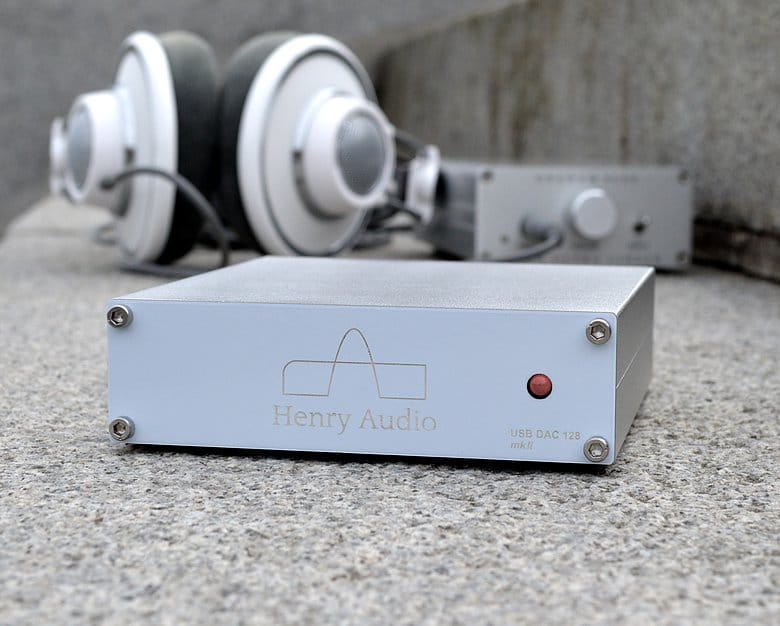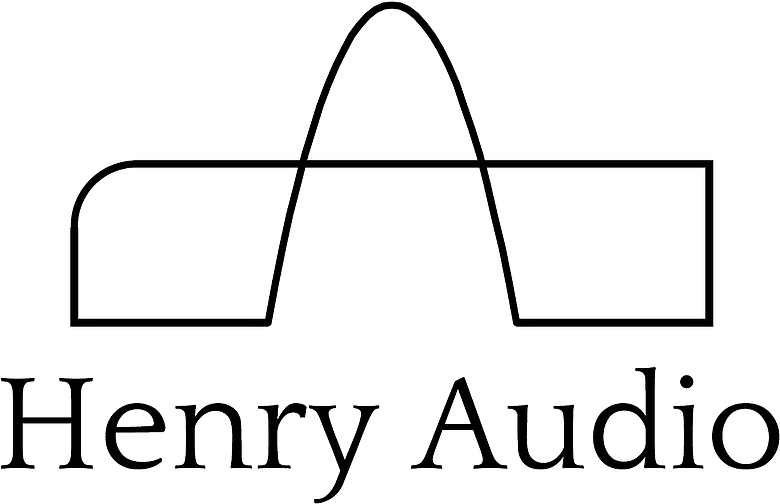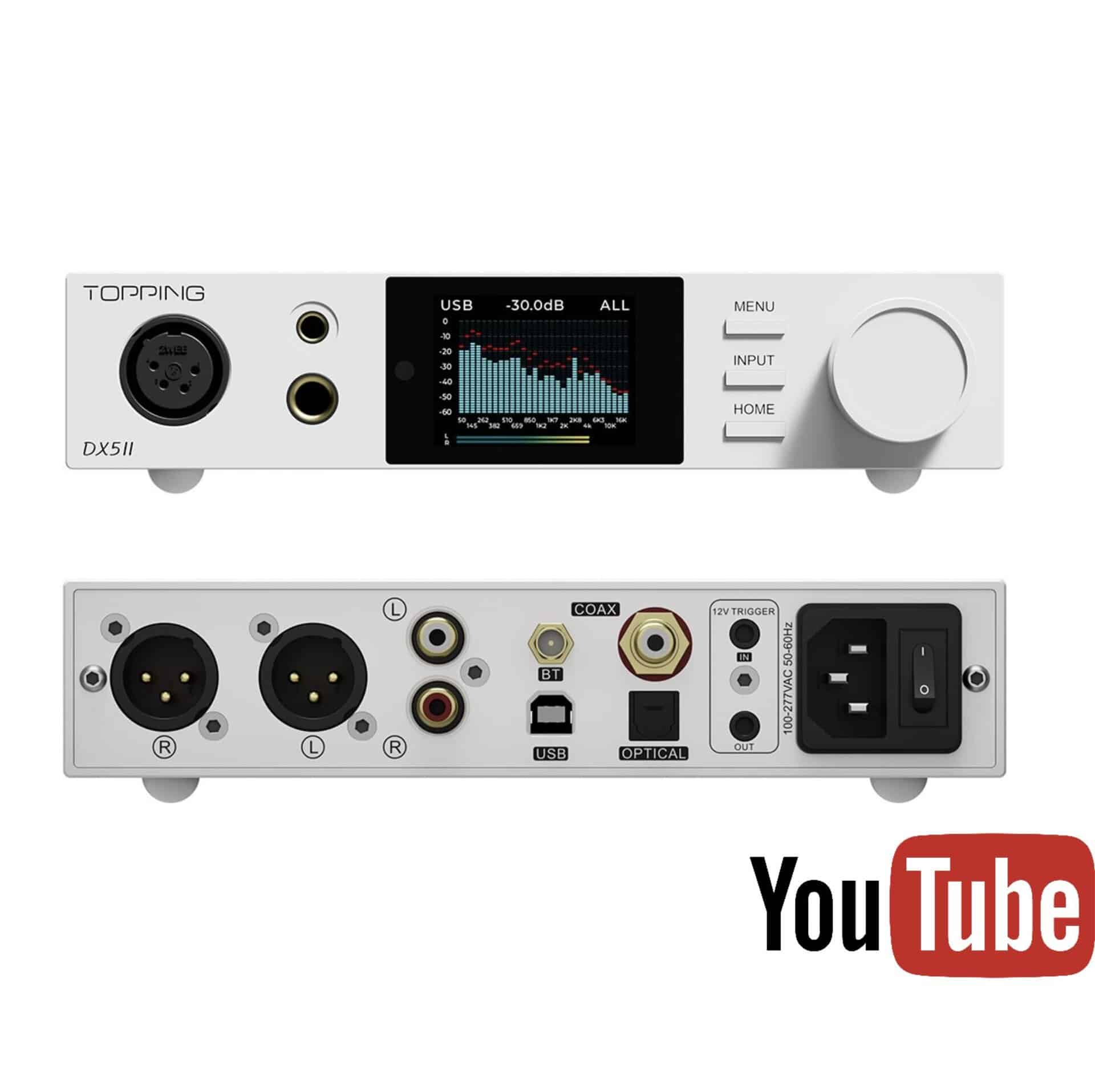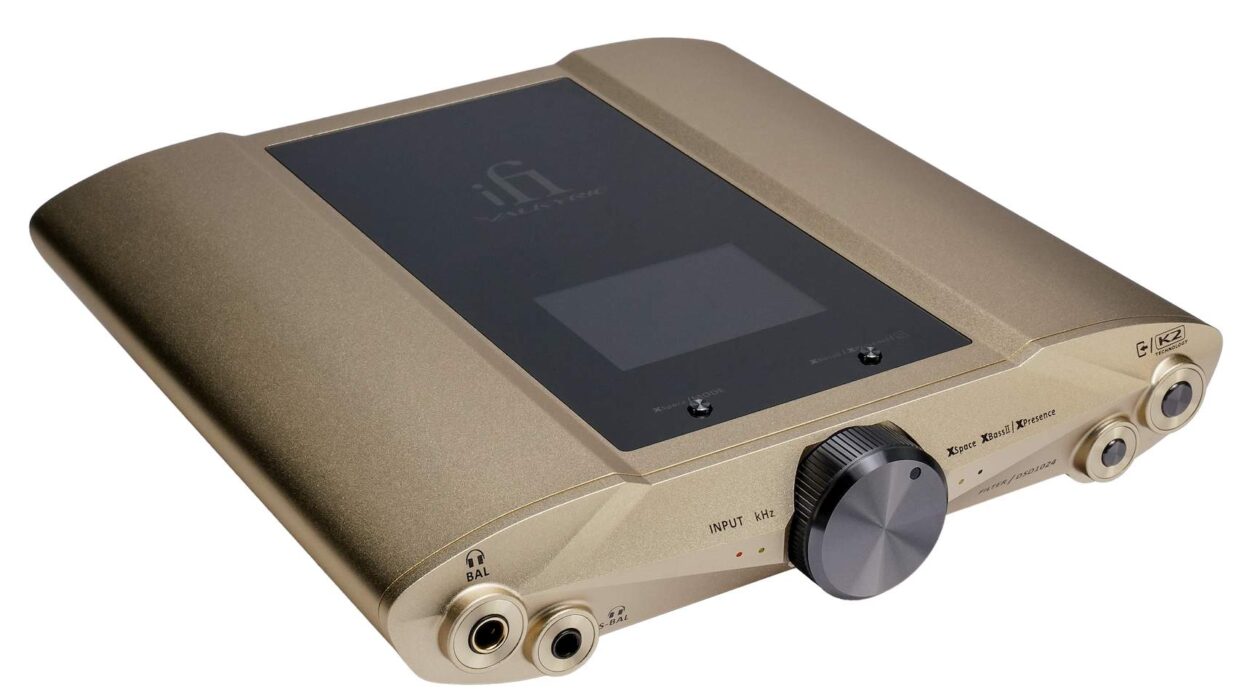The Article
Henry Audio’s USB DAC 128 Mk.II: Dance With Me, Henry
31st October 2015
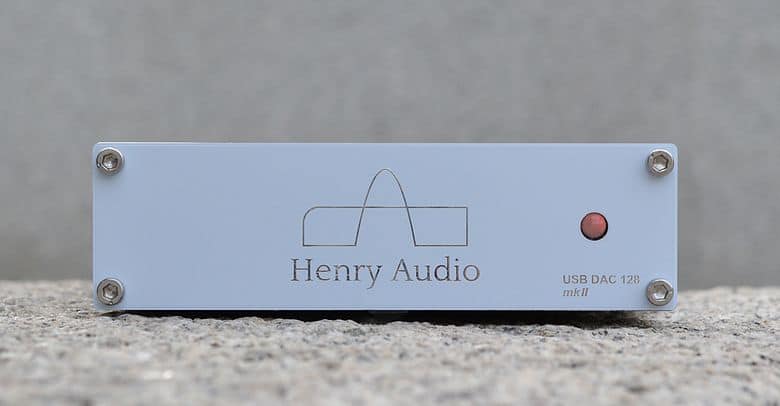
Looking for a low cost DAC? Henry Audio has just released a new version of its portable model. Paul Rigby reviews the USB DAC 128 Mk.II
Børge Strand-Bergesen has always been an inveterate tinkerer. He has a thing about ‘analogue to digital’ and ‘digital to analogue’ convertors, “Some people are fascinated by stamps. Me…?”
His wish to create a top notch, portable USB DAC started around four years ago but the initial research proved problematic, “Finding a mediocre solution was easy,” he said, “it was good enough for Skype and internet radio but was not asynchronous. Finding a good solution was very hard.”
At the time, there were a few vendors in Taiwan who were producing asynchronous chips but receiving support for, what was basically, engineering samples, was very difficult. What he did find was an open source project on the Internet called SDR (Software Defined Radio) Widget, finding a useful asynchronous USB system within.
“In USB audio, you have a 1kHz heartbeat. When you are transferring audio at 44.1kHz, you have nine packets in a row with 44 samples and the tenth with 45. To take that packet of nine plus one and turn that into a steady 44.1kHz word clock is hard. The synchronous solutions were not that good. With synchronous, you don’t have a return channel through the computer telling the signal to speed up or slow down. The thing with asynchronous is that the signal has free rein from the clock used on the USB cable. In a synchronous DAC, the circuitry has to generate a pure clock signal. The timing on the USB cable is determined by the computer. The computer is a poor analogue clock source. It’s polluted. The asynchronous does not depend on the computer for its clock.”
SDR Widget had the ideal USB design but it required tweaking because it was designed specifically for Ham Radio operators, not for hi-fi users. An open source team was formed which improved upon the basic USB, adding support for 44.1kHz (it originally only had support for 48kHz) and adding clock selectors.
“I designed the hardware, other members designed the software for that. We had quite a few stability problems. At this time I began to make hardware and sold it to group members for them to continue development. I called it the AB 1.0 (AB for Analogue Board). I made 10 and sold nine. I had contributions from Singapore, Canada, Germany, Russia, UK, Ireland, Sweden…all over.
“We decided to split it in two. I’d design the modular board, creating a digital module so that anyone who wanted to be an analogue hacker would take the module and plug it into their design. Anyone who wanted to play with the firmware would also have a fairly decent analogue board that the module went into. Hence, the programmers wouldn’t have to bring out their soldering irons. It was full of instabilities, though. It became my job to iron those out.”
Meanwhile, one member from Russia made a valuable contribution by adding an ASIO driver for Windows. Once the creases were ironed out
Strand-Bergesen was in a position to sell the DAC to non-project members, making 100 of the new AB 1.1. A Norwegian magazine, Watt, gave it a good review, “It was at that point that I thought the DAC had potential for hi-fi.” This was in March 2013.
At that time Henry Audio…wasn’t. Strand-Bergesen called himself QNKTC (Quantisation Noise Killed The Cat). Why? “Because it’s what geeks just ‘do’. There is no why or how.” Well, there is, really. During the development of an early (unreleased) CD player featuring a core populated by far too many DAC chips, the simplification process triggered sound issues. The CD player would invent bass frequencies. Strand-Bergesen realised that he had forgotten about the low frequency component of the quantisation noise. That noise was being amplified and emerging as something wholly psychedelic. ‘QNKTC’ was the epiphany. The name was changed shortly after the Watt review. Henry Audio was chosen because Henry is the unit of inductance. It’s also the name of Strand-Bergesen’s grandfather.
The initial Mk.I of the current design was produced and sold for £110. The new Mk.II version improves on the original by offering improved power resources, “The voltage coming in from the USB plug has superior filtering with larger power reserves at every point. Whenever power is needed, it is readily available and available in huge quantities. The RCA plugs on the Mk.2 feature a layer of gold and are attached via screws too. Finally, the Mk.I was modular (initially for hobbyist use), now the Mk.2 is not because the modular option wasn’t in demand. This cuts costs,” explained Strand-Bergesen.
So what of the box, spanning 114x33x128mm, that is ready for review? It features no controls on the front. Just a power light (which is much too bright, incidentally). On the rear is a pair of RCA sockets and a socket for a USB mini-B cable (no cable is supplied). There is no power supply involved, that is provided by the USB cable.
Inside is a Asahi Kasei AKM4430 DAC, “I wanted to use a DAC chip that generated its own negative supply. There are three types of DAC chips. One type you need to feed with both the positive and negative supplies and then its output needs to go through an Op Amp. There’s a lot involved to get it up and running. The second requires just a positive supply voltage but you need large, series capacitors on the output. That AC coupling doesn’t sound too good, either. The third class, that I use, generates it’s own negative supply and doesn’t need the big capacitors. I use a DAC chip from AKM. It was recommended by a project member from California. This was two to three years ago.”
The DAC is capable of playing sounds up to 24bit/192kHz. To do that and change from 44.1kHz (and back again), you have to press the rear Prog button until the light changes on the front, keep pressing the Prog button until the light goes dark, press and release Reset, the USB DAC 128 mkII should now be up and running in the new mode.
Why the slightly awkward selection process? “I wanted a switch toggle between Audio Class 1 and 2 for USB. Audio Class 1 is an older standard. On this chip, 48kHz is the hardware limitation on Audio Class 1. I did tell the chip designers how to get around this limitation but they didn’t want to know.
“So many computers, particularly Windows computers, only work in Audio Class 1. To use Audio Class 2 only (taking the potential audio up to 192kHz) would mean that every Windows user would need to install a driver. Hence, if you are a Windows user and you are primarily a 44.1kHz files user, then you will not have to install an external driver to use the Henry Audio DAC. It’s a plug and play machine.”
Mac and Linux users do not need any additional drivers, incidentally.
This is a great option to have because most modern DACs demand that all Windows users must install a driver. Not only that, but finding and installing the driver can be a hassle.
If you want to go ‘high res’, though, Windows users will then require a driver, “There is a default Microsoft driver on offer which is very expensive to buy in. It is not very audiophile because it is still integrated in other computing tasks. The other option is an ASIO driver, made originally by Steinberg, the music software outfit. The ASIO driver avoids all of the computing house-keeping. It’s a more direct driver, improving sound quality.
“It’s because of the fantastic ASIO driver, created by my colleague in Russia for the DAC, that we have hi-res audio in Windows.”
SOUND QUALITY
To test the Henry Audio DAC (HAD) I used my long term DAC reference, the Arcam rDAC which retails at around £300. Nevertheless, I didn’t believe that this would be a lopsided comparison. If the HAD came anywhere close to the rDAC then it would provide great value for money and be punching above its weight.
I chose the track, Blue from the Sugababes. This is a poorly produced, highly compressed track that requires a top quality source for even ‘acceptable’ playback. Playing a WAV rip from an SSD-powered MacBook running Decibel, helps to reduce jitter which improves the sound quality all on its own. Nevertheless, this is a ‘broken’ track and a severe test for both DACs.
Playing Blue through the Arcam confirmed the excessive peak compression issues with plenty of bright, strident upper frequencies on the vocals along with compressed bass splatter and midrange bloom masking much of the instrumental detail.
Playing the HAD was a shock. A shock because of the relatively high sound quality. A large amount of the strident compression had been removed making the vocal delivery far clearer and crisper with a far more focused presentation that made lyrics more readily recognisable and the harmonies enjoyable for the first time as each voice became more independent.
Bass was now rounded and massy in weight while the midrange benefitted from a new clarity that gave this area of the track new found information. The instrumental separation added air and space to the song.
Moving to Big Bad Girl, a blues shouting fest from ageing black blues man, Harry ‘Big Daddy’ Hypolite at 24bit/96kHz, the improvements just kept on coming. Often, Hypolite’s shouting blues can blitz just about everything else around it, resulting in a blooming and blurring effect that ruins surrounding detail. The HAD manage to put Hypolite back in his box without affecting the performance. The vocal delivery became focused and centralised in the stereo image while the lower noise meant that greater amounts of emotion were allowed to be heard.This reduction in distortion meant that the guitar had great prominence in the song so that Hypolite’s finger picking was prominent and, thus, more effective as a rhythmic device.
Switching, finally, to the light swing jazz piano of Ola Gjeilo roaring in at 24bit/192kHz, the HAD was one step ahead of the Arcam from the off because the rDAC could not run at that resolution. This is a notorious track, though, because the piano is so closely mic-ed. Hence, the piano is up close and mean resulting, all too often, in severe blooming in the midrange that can often dip into nasty distortion. The piano is, at the best of times, an unforgiving instrument due to the complexity of the frequencies it produces yet the HAD largely was able to control the entire sequence. It tottered a touch at the most extreme levels but, for the price, this can easily be forgiven. On the whole, the entire track was handled in an impressive manner by the HAD, providing control for those potential wayward frequencies but also focus that resulted in a highly enjoyable musical sequence. Even those strongly played high notes were taken in the HAD’s stride. resulting in a foot tapping instrumental.
CONCLUSION
The Henry Audio USB DAC 128 is a groundbreaking design because of a combination of factors. Firstly, and most importantly, for its sound quality over a number of resolutions and how it compares with my reference. Secondly for the frankly amazing price demanded for that high quality and, thirdly because of its open source nature and for the sheer potential of its future (see the Henry Audio website for more information on this). If other designers jump onto this design and integrate their own facilities. it could provide a core for a whole family of low cost, high quality hifi standard digital audio support products. A great start, though. If you are in the market for a DAC and you’re on a budget, this example is a complete no-brainer.
HENRY AUDIO USB DAC 128
Price: £210
Website: www.henryaudio.com
Tel:+47 90639918
Good: overall sound quality, design, open source potential, Windows options
Bad: glaring power light
RATING: 9/10
REFERENCE SYSTEM
Apple MacBook Pro (with SSD hard disk)
Arcam rDAC
Tellurium Q USB cable
Aesthetix Calypso Pre
Icon Audio MB845 Mk.II monoblocks
Quad ESL-57 speakers with One Thing upgrade
ORDERING & SHIPPING NOTES
This is a Norwegian design but the DAC is sold in a lot of different currencies. henryaudio.uk for the UK site. There is a complete German translation at henryaudio.de, henryaudio.no for Norwegian users and henryaudio.se for Swedes. For EU users, the DAC will be shipped within the EU (actually, from a site in Birmingham in the UK). UK buyers receive their product via Royal Mail. EU customers receive it without any extra tax charges and free shipping.
SABRE ISSUES
An intriguing side issue was brought up by Strand-Bergesen when he was explaining why he chose the AKM DAC chip to sit inside his chassis. One of the DACs under consideration was the current DAC flavour of the month, the ESS Sabre. Unlike many manufacturers out there, though, Strand-Bergesen rejected the Sabre out of hand, he believes that the design of this DAC is fundamentally flawed, “It’s riddled with maths trouble. The digital maths is disappointing. It will overflow internal registers, chopping up and generating a lot of output edges. It sounds distorted around the treble area. With a high power amp, it could kill the treble. I have a friend of mine who has access to the in-house data sheets of the Sabre. He actually has a work-around for it. Well, for the 9012 and 9018 chip models. Although on the 9022 and 9023, you cannot initiate the work-around because there are no pins to access the internal registers and bypass this problem.”

